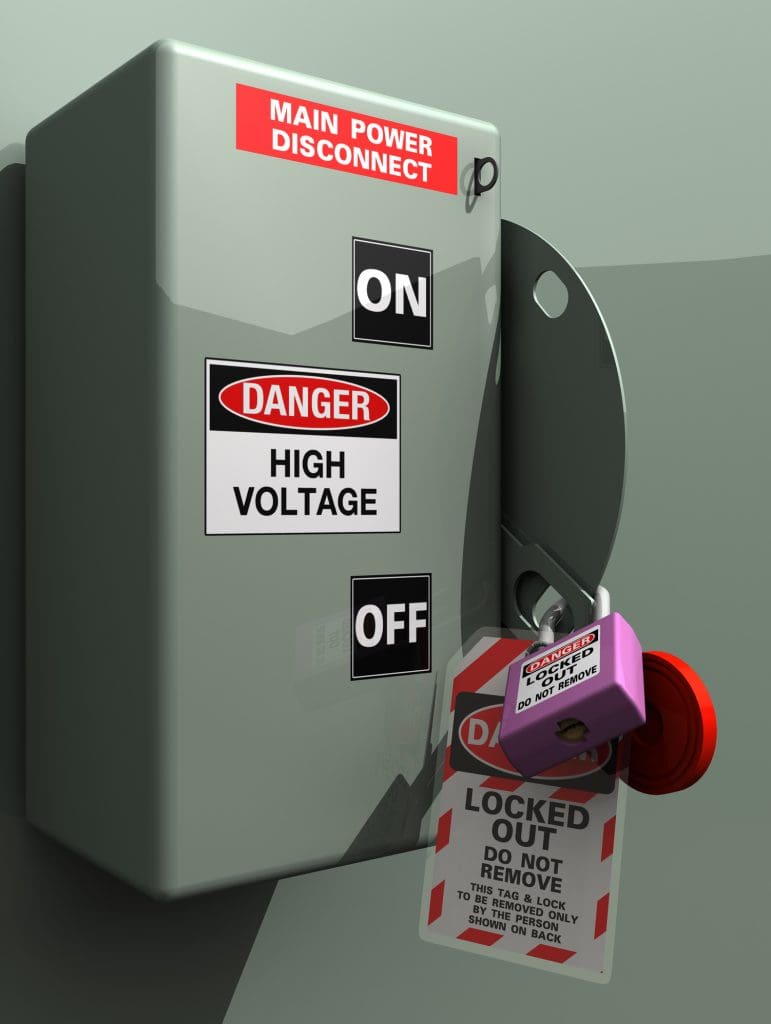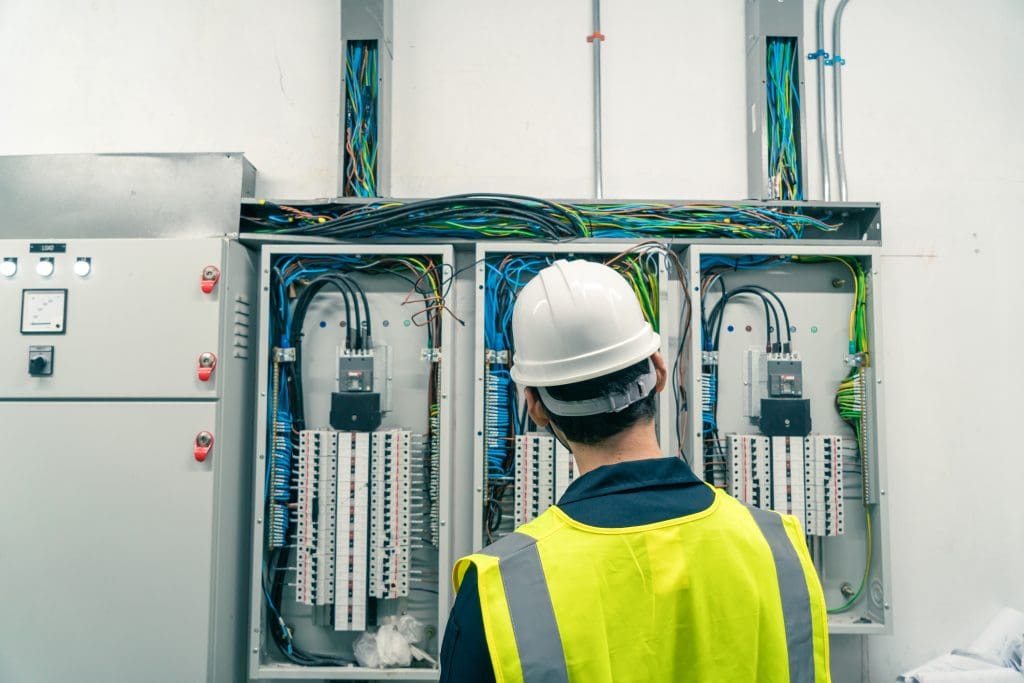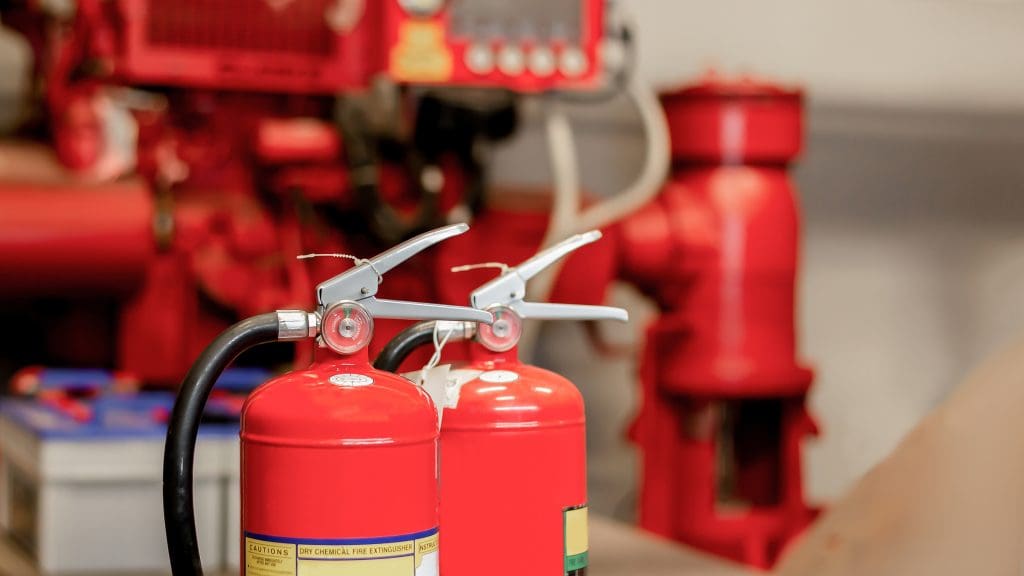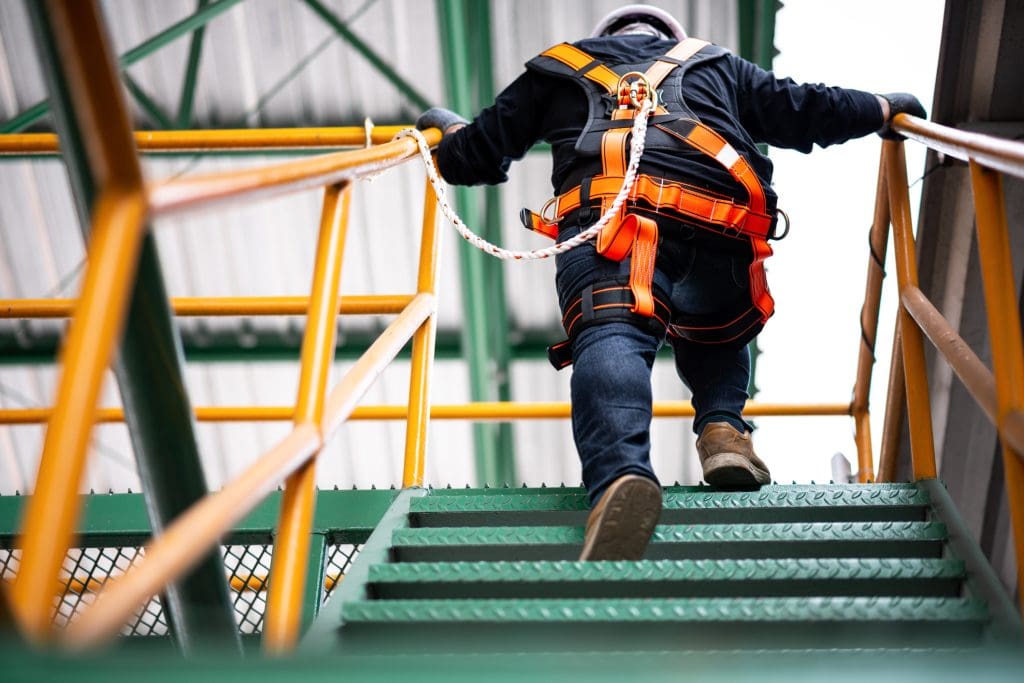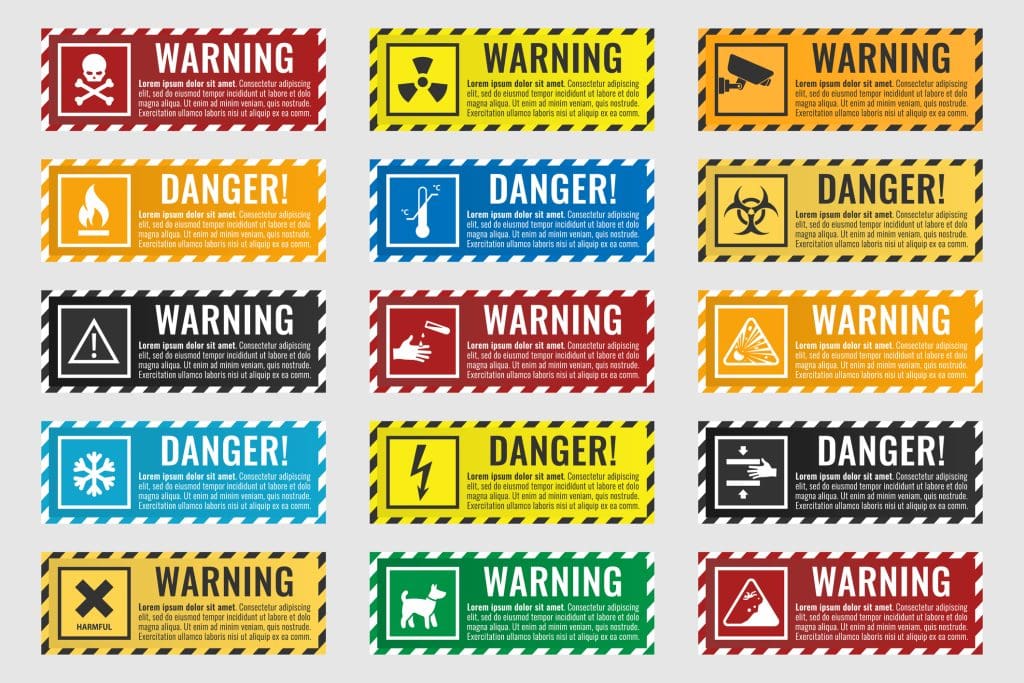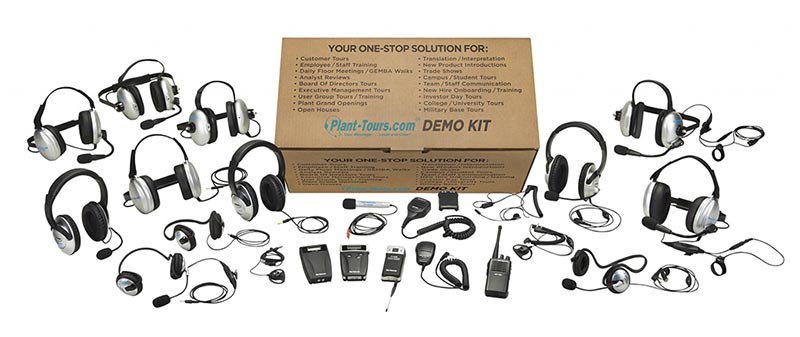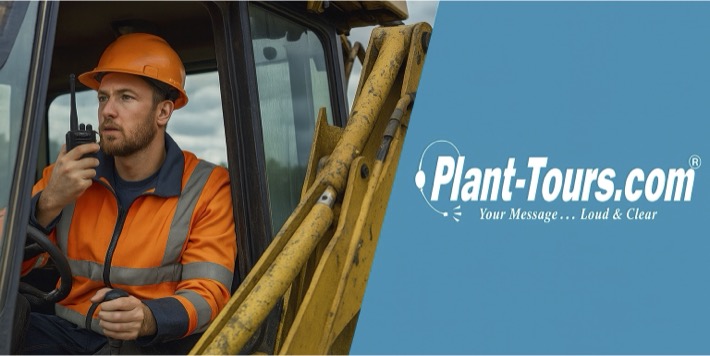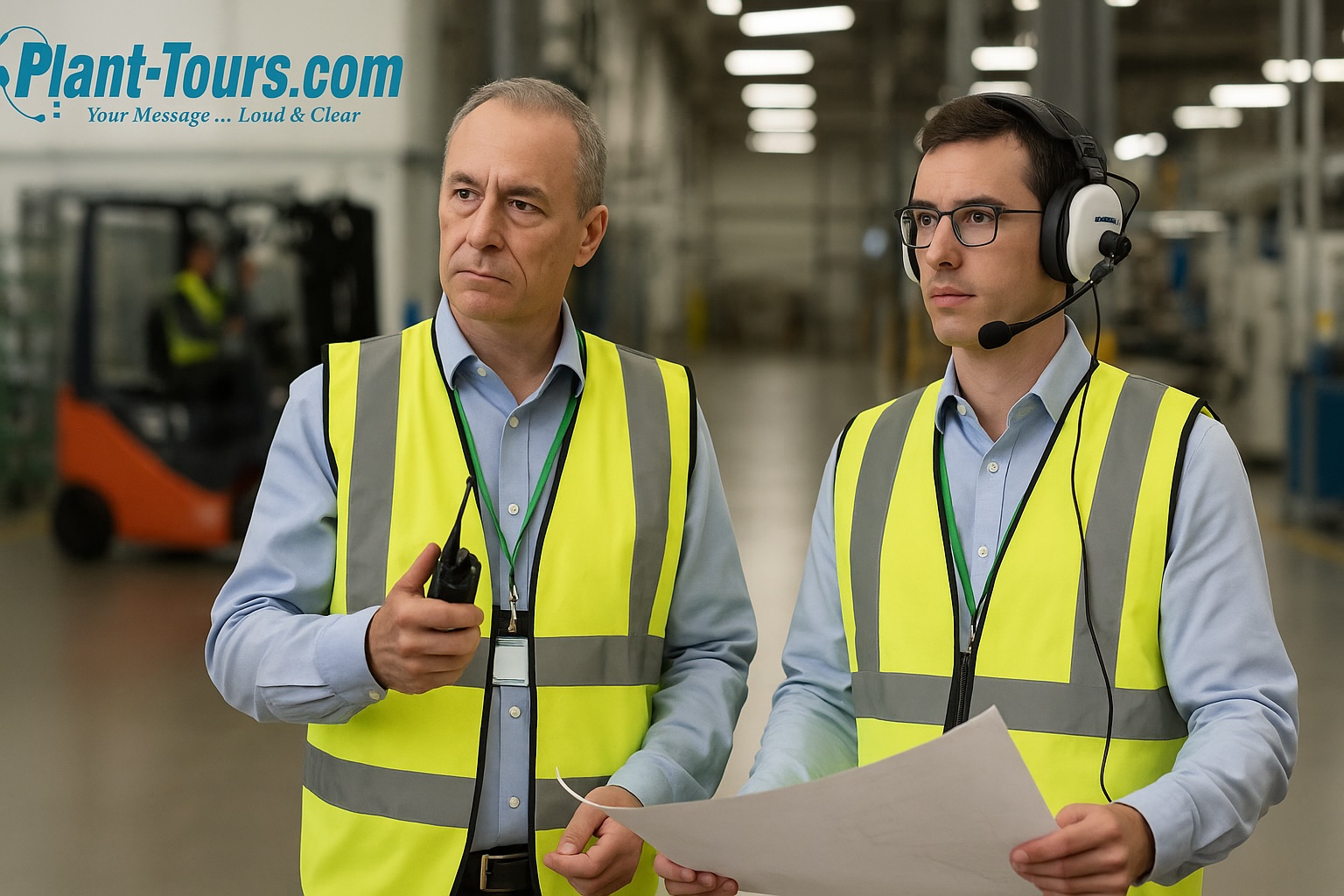No matter the work environment, workplace safety should always be the number one priority for both employers and employees, and the manufacturing industry is no exception. However, safety management for manufacturing companies can be particularly tricky. When it comes to manufacturing, safety hazards are almost always a guarantee. Thus, to ensure a safe workplace at all times, it’s vital that manufacturers provide rigorous safety training, adhere to strict safety procedures, and — perhaps most importantly — conduct regular safety meetings. We’ve organized a few helpful pointers to help you do just that.
Why Are Safety Meetings Important?
The occupational health, safety, and overall success of any manufacturing facility depend solely on having a strong safety culture in place. This is sometimes referred to as an EHS (i.e., “environmental health and safety”) management system. Without one, manufacturing work areas quickly become a recipe for poor productivity, workplace injuries, and even fatalities.
Your team members must therefore always be aware of any potential hazards of the job. Moreover, everyone involved should also be familiar with what precautions to take, what safety equipment to use, what safety procedures to follow in any given scenario, and so on. The only way to ensure that everyone is both safe and on the same page — in their individual workspaces and beyond — is to keep everyone well-informed, well-prepared, and up-to-date. Without regular safety meetings that simply isn’t realistic.
 Common Safety Meeting Topics in the Manufacturing Industry
Common Safety Meeting Topics in the Manufacturing Industry
With nearly 600,000 facilities nationwide, manufacturers make up nearly 9% of the country’s total workforce today (according to the U.S. Bureau of Economic Analysis). Since no manufacturer is the same, the specific topics your meetings cover will ultimately depend on what type of facility you’re operating. In other words, your list of topics may be a lot greater — or smaller — than the one below. Here are a few manufacturing safety topics common across the board:
Personal protective equipment
PPE is often the first step in keeping workers safe. PPE can range from simple safety goggles and earplugs and/or earmuffs to respirators, gloves, shoes, face shields, hard hats, hazmat suits, and so on. Whatever the job calls for, it’s vital that each member of your team knows why, when, and how to properly protect themselves and others. Meanwhile, the PPE itself can get damaged, become less effective with frequent use, and/or need to be updated or replaced. So it’s vital that you and your staff are both aware of and able to respond to any changes accordingly.
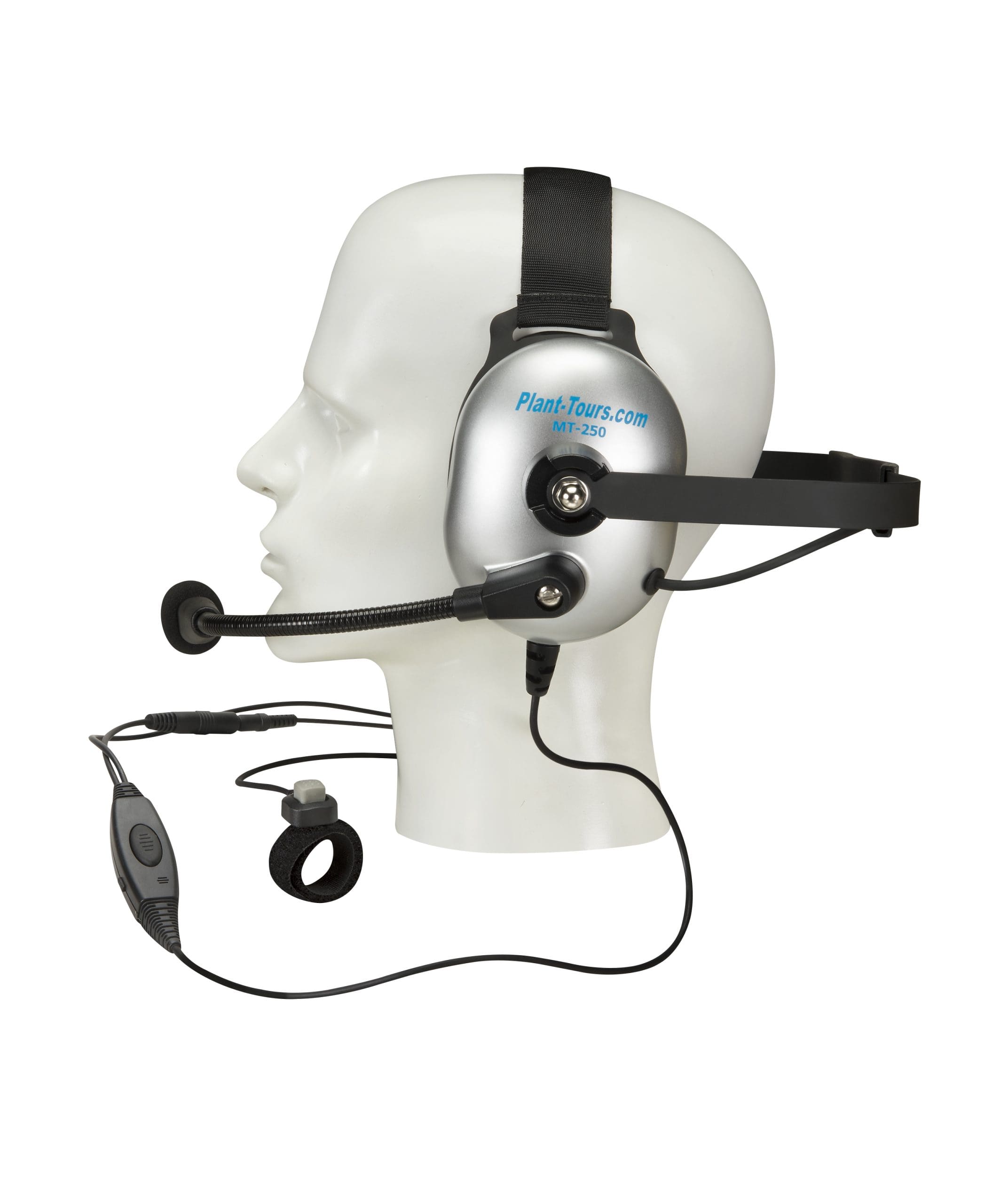
Meanwhile, the machines that manufacturers use also vary greatly in type, size, weight, noise, number of moving parts, and so on. The dangers they might pose are therefore countless too. Machine guarding, essentially ensures that your employees avoid injury by properly safeguarding the equipment they operate — from saws to drills to mills to pumps to forklifts, and beyond. OSHA has some very specific standards and guidelines to help make sure all the machines at your facility —and, thereby, the people who operate them — remain safe.
Lockout/Tagout
In case a machine and/or equipment malfunctions, lockout/tagout (aka LOTO) is equally important. LOTO ensures that machines promptly shut off if things go wrong, and it prevents them from restarting until they’re repaired. LOTO, thereby, essentially prevents near misses from becoming much more serious issues.
Electrical safety
Even if your facility doesn’t require any heavy-duty machinery, most manufacturers these days can’t really operate without electricity. Electrical safety is, therefore, one of the key topics for manufacturing safety too. Torn, tangled, exposed and/or improperly grounded cables and wires, loose electrical connections, and substandard insulation are just some common examples of electrical hazards. Your staff should always be aware of the risks they entail — as well as how to keep those risks minimal.
Fire prevention
Electrical hazards, in turn, often go hand in hand with fire hazards. Most manufacturing workplaces in the country will — at the very least — provide fire extinguishers, along with basic “toolbox talks” on how and when to use them. But if your facility happens to be particularly fire-prone — then extensive review and implementation of various fire safety procedures should obviously be on top of your meeting agenda more often than not.
Fall protection
For employees that tend to work above ground level, fall protection training and maintenance are also crucial. Fall protection is the proper use of various equipment, systems, PPE, and controls designed to protect you from falling or — in the event of a fall — to prevent serious injury. The higher up your employees tend to go (literally), the higher fall protection should be on your meeting agenda.
HazCom
And facilities that work with hazardous materials — such as chemical manufacturers, for example — can be especially dangerous. Not only can hazardous energy be insidious and harmful, it is often lethal. OSHA’s Hazard Communication Standard (HCS) therefore requires that all employers provide their employees with frequent information and training regarding chemical hazards, hazardous waste, and proper waste management in the workplace. This includes (but is not limited to) ensuring and maintaining proper labeling, providing safety data sheets (or SDSs), and developing and maintaining a written hazard communication (or HazCom) program.
Best Practices For Running Safety Meetings
And now a few tips on how to conduct the meeting itself:
–Be prepared.
Have a thorough, clear, and concise meeting agenda. Take notes, make lists, and — unless there’s an emergency — know what topics you’re going to go over well beforehand.
–Think about your environment.
It’s difficult to communicate in manufacturing facilities since they are generally busy, loud, and — at times —overwhelming. A change of scenery can actually often help better drive some important safety tips and key points home. For example, you may opt to conduct your meeting outdoors, or even in a social setting like a bar or a restaurant. On the other hand, if it’s vital that your particular meeting be held on-site, as is usually the case — ensure that there are minimal distractions, ongoing effective communication between all team members, and that everyone is comfortable.
–Time it accordingly.
Ideally, a manufacturing safety meeting should be done in about 30 minutes. This, of course, will vary depending on the number of employees, topics covered, and so on. But, while you don’t want to rush things, you also definitely don’t want to lose your audience when it comes to safety.
–Keep it brief, concise, and to the point.
Don’t try to tackle all the potential safety risks at once. Not only will this help with both timing and efficiency, but it will also ensure that everyone leaves as informed and prepared as possible. Unless there is urgent cause for concern, you can always schedule a number of follow-up meetings to cover any unaddressed issues.
–Concentrate on your employees.
Leave room to address any questions, doubts, and/or concerns your team might have. And make the topics relevant to their specific needs. It’s a good idea, therefore, to talk to members of your staff beforehand. Make sure everyone’s engaged throughout the meeting itself too.
–Don’t make it boring.
An interesting, fun, and engaging safety meeting usually means a healthy safety culture outside of it. So think about incorporating multimedia, having relevant and relatable examples and reference points, inviting guest speakers, and so on. While workplace safety is no laughing matter — that doesn’t mean that humor is out of the question either.
–Keep a record.
And, finally, take notes, make detailed meeting minutes, and document everything. This will ensure that you, your employees, and —if need be — OSHA are all on the same page as to what your facility’s safety culture is really like at all times. Moreover, it will help you improve on said safety culture, save time, and avoid any miscommunication or misunderstandings moving forward.
Implementing and Monitoring Safety Initiatives
Keep in mind that while OSHA Standards — according to OSHA itself — “set minimum safety and health requirements, they do not prohibit employers from adopting more stringent requirements.” In other words, the actual ergonomics and overall safety culture of your manufacturing facility are ultimately your responsibility. So, alongside the safety programs and procedures already in place, make sure you conduct audits, inspections, and safety drills frequently. Stay in the know. Keep a constant line of communication open between all employees, as well as the appropriate third parties. Whenever necessary — go ahead and schedule that safety meeting.
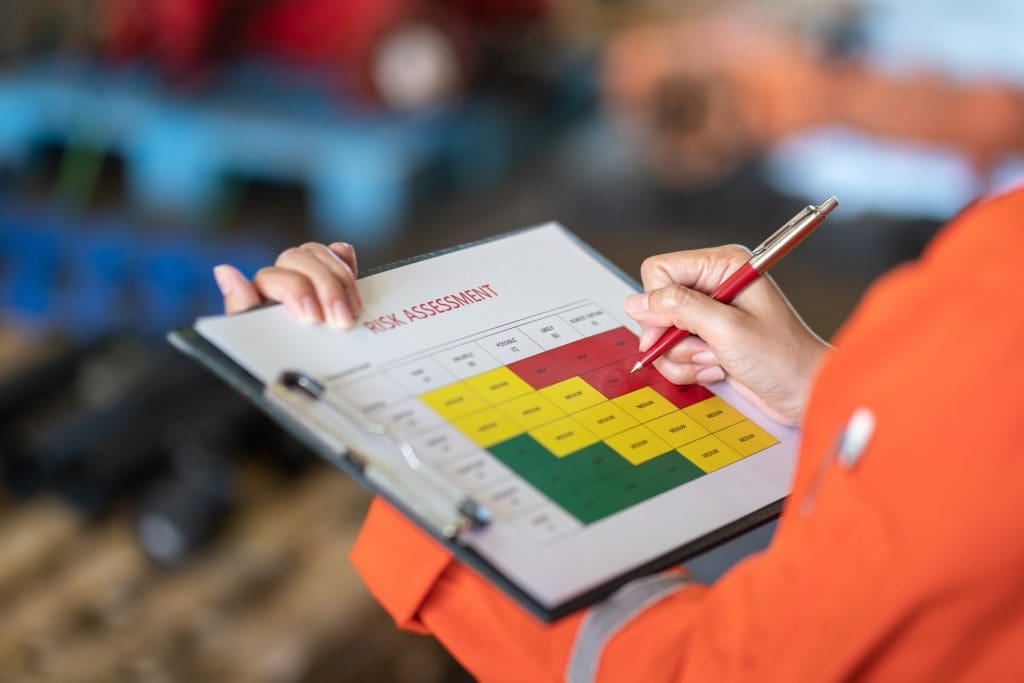
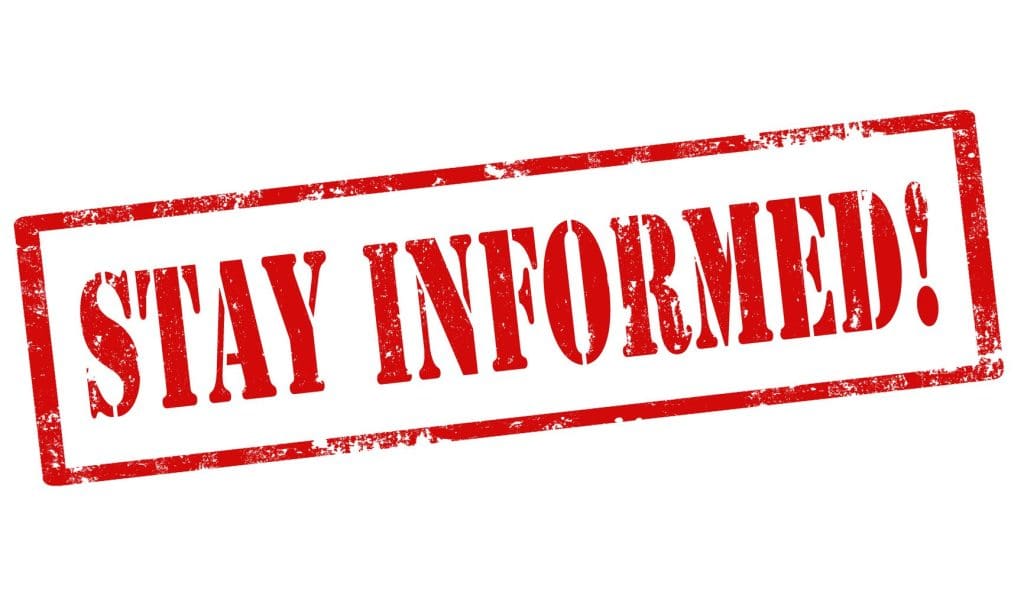 Common Safety Meeting Topics in the Manufacturing Industry
Common Safety Meeting Topics in the Manufacturing Industry